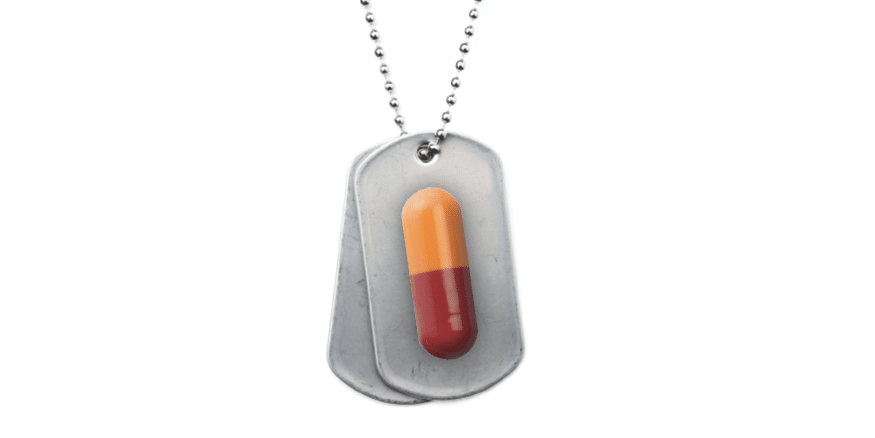
Drug Wars
There is a war brewing in Canada over intellectual property (IP); other countries have stronger laws to protect inventors’ rights and we need the same safeguards here at home. Intellectual property rights are the cornerstone of innovation.
Some Canadian breakthroughs are world-renowned, such as the notorious work of Toronto-based physician-researchers Sir Frederick Banting and Charles Best, who were the co-discoverers of insulin; the Montreal researchers who helped develop the revolutionary HIV/AIDS treatment known as 3TC; and the BC-based group who stopped SARS in its tracks.
As we have reported over the years, developing a new pharmaceutical treatment and bringing it to market can often take 10-12 years and cost about $1 billion. Generic manufacturers try to copy brand name products as soon as they go off patent but, in Canada, these manufacturers are challenging our laws by jumping the gun and creating copies of the brand drugs before the patents expire. This litigation will affect all of us in the form of higher healthcare costs.
Innovators receive patents so that there is sufficient time with market exclusivity to recoup the costs associated with developing their creations before they are available to everyone in the public domain, whether innovative drugs, novel manufacturing processes, or unique machinery. Our economic-based society needs checks and balances. When no protection exists, motivation to invest in research turns blasé. Right now, generic manufacturers are making copies of drugs that are still under patent protection, and the courts can’t seem to stop them. The effect of this could be less money invested in research and fewer advances in science.
Even though some jurisdictions in Canada are forcing lower prices on generic manufacturers, we still pay far above what Americans pay for the same products, while our brand name products generally cost less than the same product in the US.
A recent public opinion poll conducted by Nanos Research1 shows that Canadians believe investment in innovative vaccines and medicines improves health outcomes and contributes to a sustainable healthcare system and a stronger economy. The poll of more than 1,200 Canadians also found that 80.8% support an upgrade of our intellectual property rules so they, at least, match those of the European Union and the United States (less than 11% oppose an upgrade). Over 87% of respondents also believe that Canada should have the same or more intellectual property protections as the European Union and our other major trading partners, with less than 4% thinking IP protections should be less. These results demonstrate that Canadians understand the vital link between strong intellectual property safeguards and research and innovation.
What can be done? Innovation for a Better Tomorrow: Closing Canada’s Intellectual Property Gap in the Pharmaceutical Sector, a report released earlier this year by the Canadian Intellectual Property Council (CIPC) and the Canadian Chamber of Commerce, contains three recommendations that would improve the research environment in Canada immediately:
- provide innovative companies an effective right to appeal an adverse court decision to provide a level playing field,
- improve data protection regulations, and
- provide patent term restoration to offset regulatory delays.
In any battle, cause and effect reigns supreme. When one side takes action, there is a reaction on the other side and often there are consequences that can be much larger than the individual actions of either side. This battle goes beyond drugs, as intellectual property protection is fundamental to Canada’s success. It will allow our country to be the birthplace of ideas and of new processes and products that will improve our quality of life.
Improvements in IP over the past 25 years have spurred an 800% increase in pharmaceutical research and development investment in Canada. Greater IP protection will also enable Canada to attract a greater share of the annual $100 billion invested globally in life sciences.
As consumers, we are always eager to get the best bargain for our goods, but the best bargain might not always be the lowest-priced item. In the war between the research-based drug creators and the generic copycats, patients could be collateral damage. Speak up in favour of protecting inventors’ rights in Canada.

